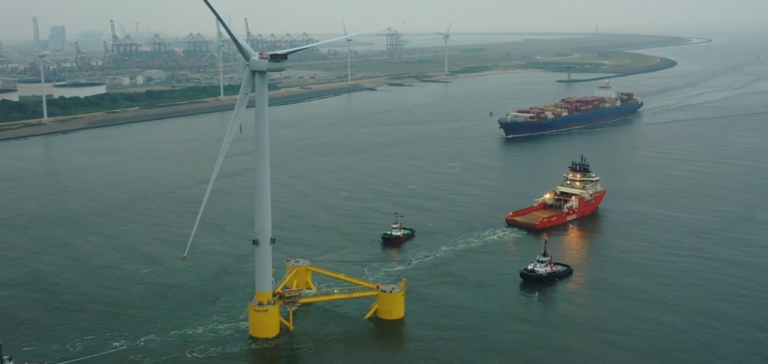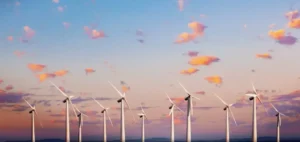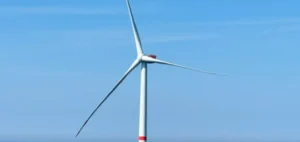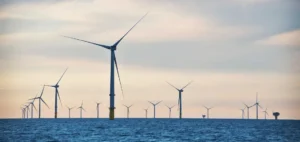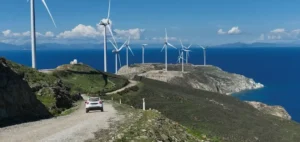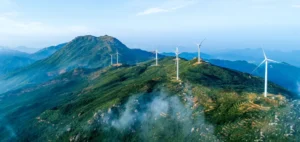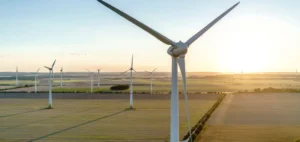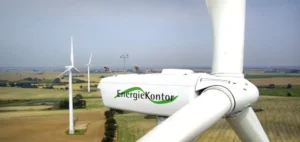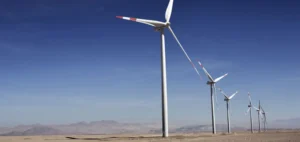Flotation Energy and Vargronn announce offshore wind partnership. They support the decarbonization of the hydrocarbon sector in Scotland. This partnership will contribute to the electrification of oil and gas facilities in the North Sea.
Offshore wind energy develops in Scotland
This project is developed by Flotation Energy and Vårgrønn. Partners will apply for leases in the INTOG cycle. That is, Innovation and Targeted Oil and Gas from Crown Estate Scotland. The INTOG rental cycle will make a significant contribution to Scotland’s net zero target.
As well as the North Sea Transition Deal goal of reducing offshore emissions by at least 50% by 2030. The partners will draw on the oil and gas expertise of Vårgrønn’s shareholders to deliver innovative solutions. As well as promoting the development of the supply chain in Scotland.
Vårgrønn thus has competence in the offshore area. The company can rely on shareholders that are Eni and HitecVIsion. While Flotation Energy is very well established in Scotland. The company has developed the world’s largest floating wind farm, Kincardine.
Flotation Energy and Vårgrønn
Flotation Energy, based in Edinburgh, has been instrumental in creating a strong offshore wind industry in the UK and beyond. The company has a growing pipeline of 10 GW of offshore wind projects in the UK. As well as in Ireland, Taiwan, Japan and Australia. It plans to expand to many other key markets.
The Flotation Energy team’s expertise lies in project management and engineering of large infrastructure projects. Flotation Energy has developed its own projects but also recognizes the benefits of collaborating and working in partnership with other developers to provide proven, cost-effective solutions.
Vårgrønn is a Norwegian agile company specialized in full-cycle offshore wind.
It was created by Eni and HitecVision in 2020 to actively participate in the energy transition. This is based on their long-term partnership, from the joint development of Vår Energi to a value-creating cooperation. As well as one of the largest companies on the Norwegian continental shelf.
Vårgrønn has announced that it will acquire a 20% stake in the world’s largest offshore wind farm, Dogger Bank (UK). As well as other initiatives in the start-up phase.
In addition, Vårgrønn has formed a consortium with Agder Energi and Corio Generation (formerly Green Investment Group) that will bid for a site in the Sørlige Nordsjø II area in Norway.
It has partnered with Equinor to develop floating offshore wind power in North Utsira, Norway. By 2030, the company aims to have 5 GW of installed and licensed offshore wind capacity in the European market.

